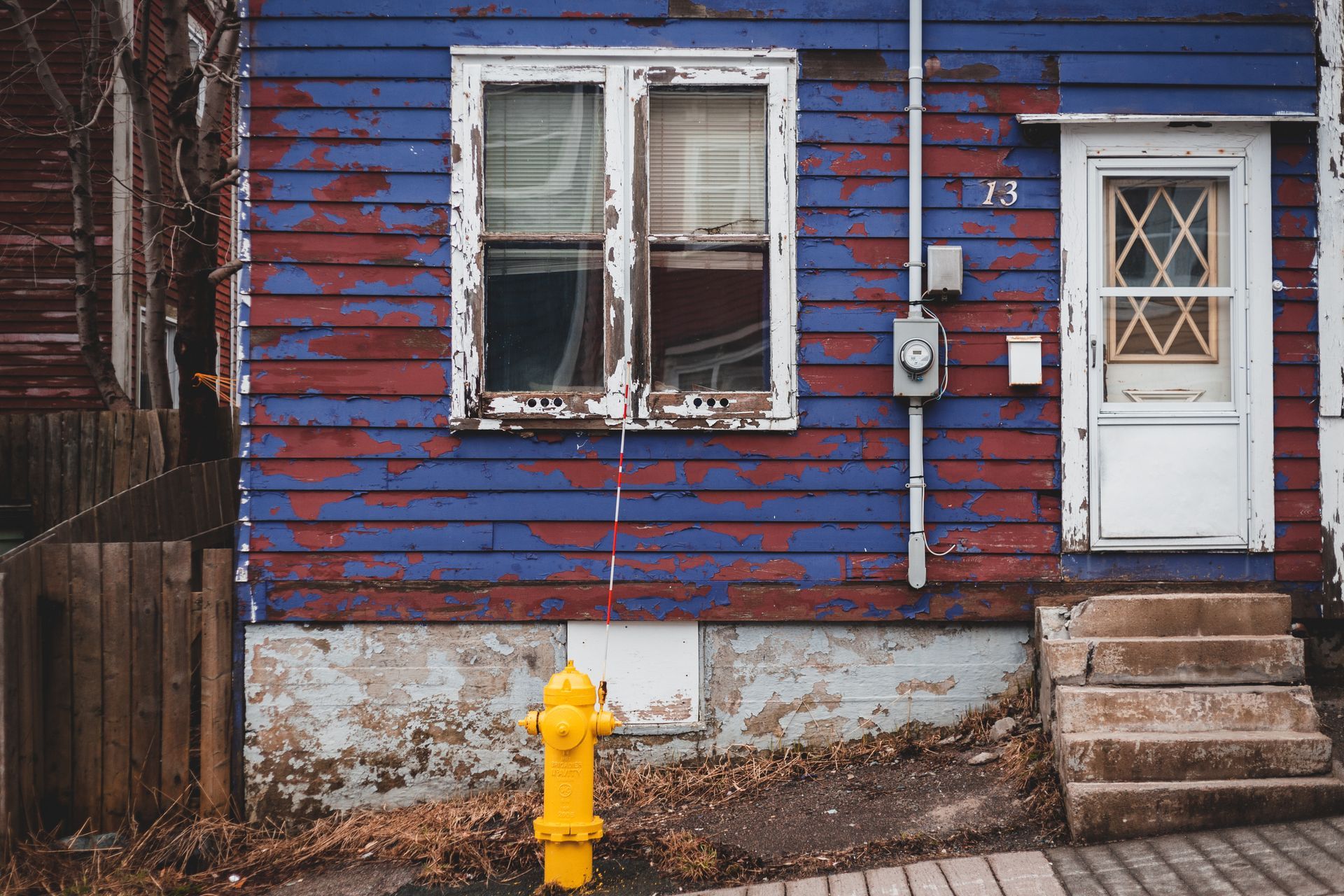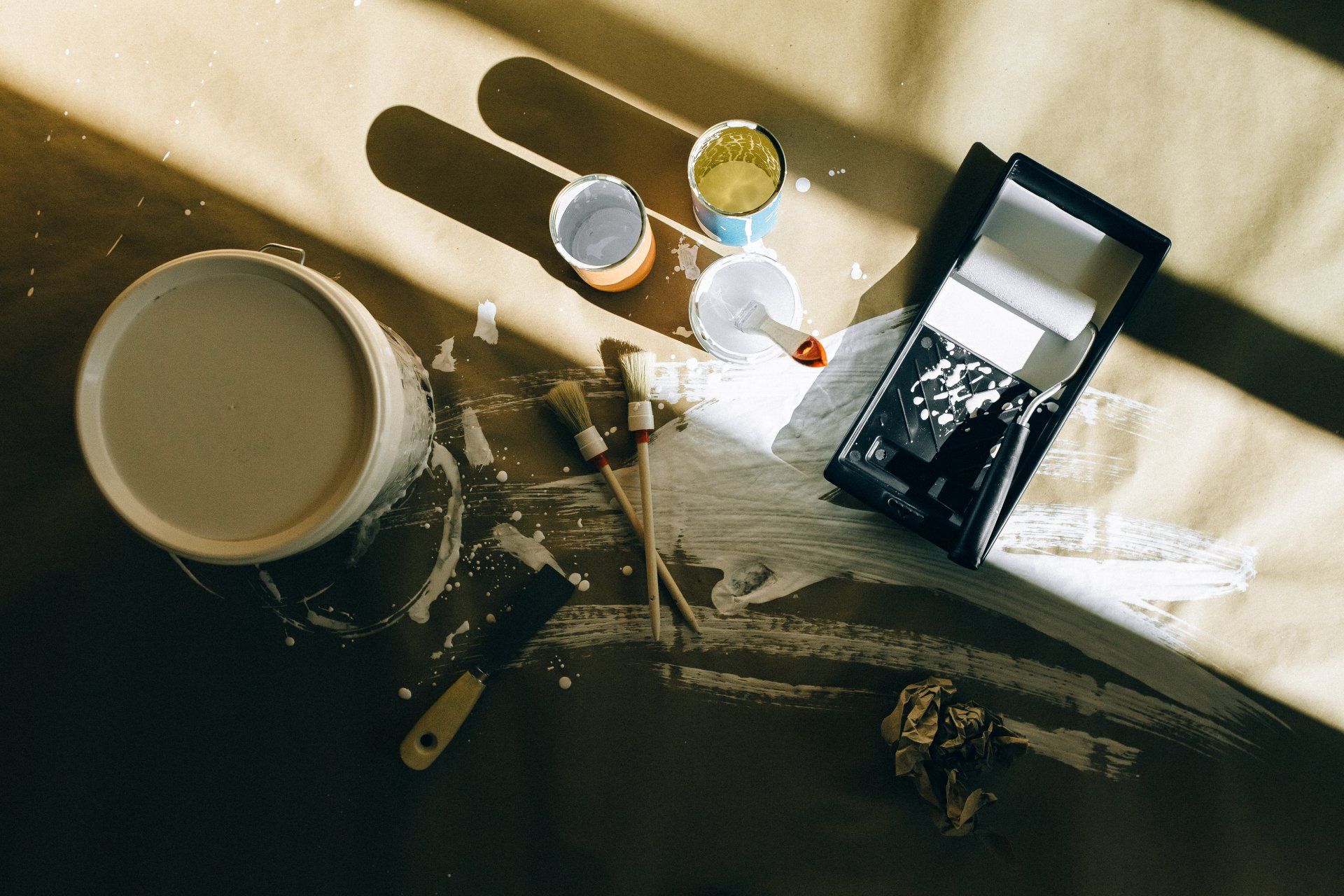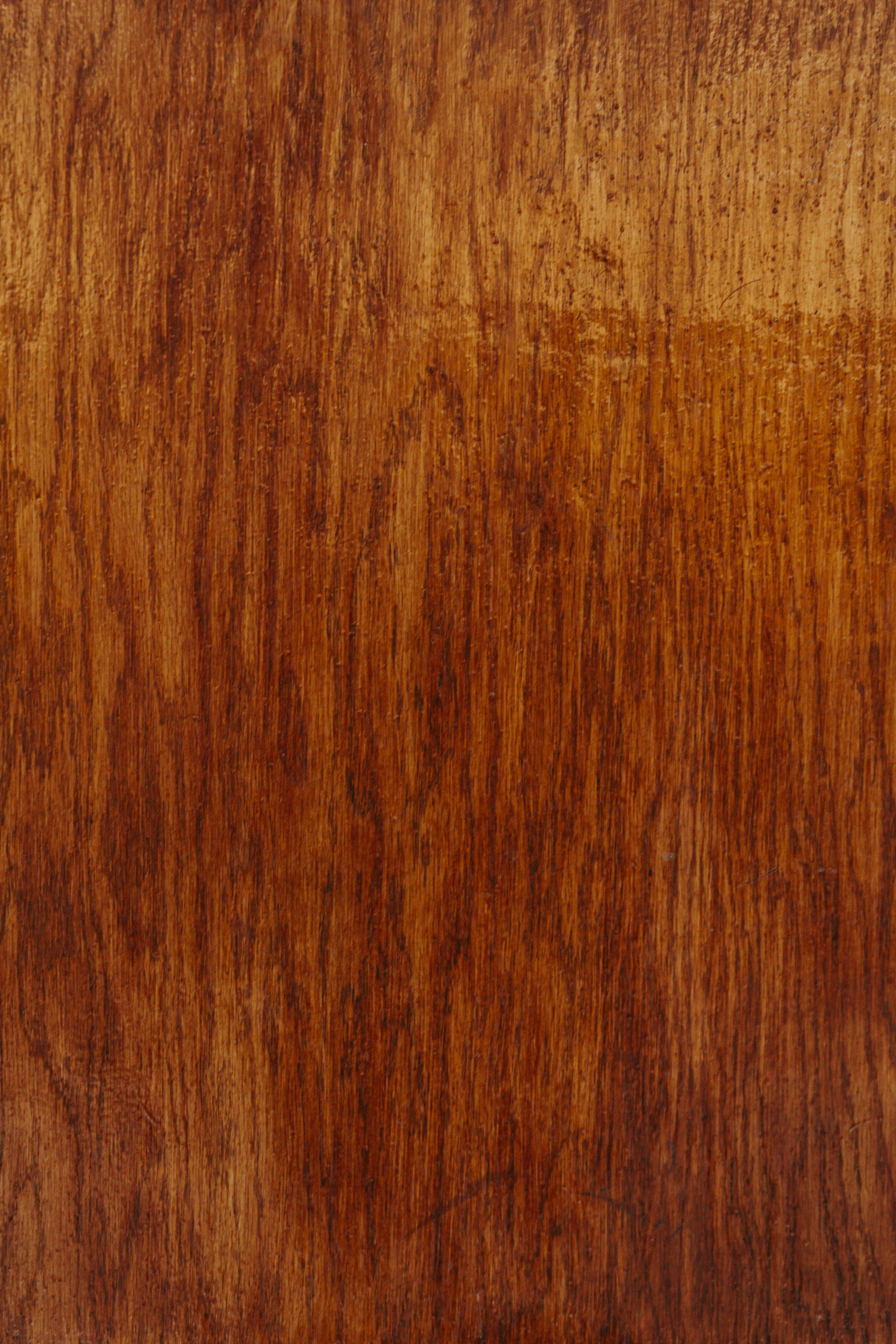Your Trusted and Reliable Painting Service in Chilliwack, BC
Your Trusted and Reliable Painting Service in Chilliwack, BC
Whitewash and Limewash: What is their difference?
Whitewash and Limewash: What is their difference?
If you've made the decision to paint the exterior of your house or your fireplace brick a facelift or you're looking for the right shade of paint to paint your home, you might have some concerns about limewash and whitewash. Although some people employ the terms in a similar way, they're not identical. What's the difference between the terms whitewashing and limewashing? Is the first better than the other for your painting project?
We will give you the facts about whitewashing and limewashing. We will discuss the application methods, the differences in appearance, and more to aid you in determining which is best for your needs.
What Is Whitewashing?
Whitewashing is applying a water-based paint mixed with water. Apply thin layers using an enormous, soft paintbrush. It is used to tone down the natural colors of wood, brick, or other materials giving them the appearance of a weathered or vintage look. The painter may also employ a rag that is wet to wipe areas of paint off and allow a tiny bit of the stone or timber to seep into the paint's whitewash.
Although limewash comes in several colors, whitewashing is the standard white. Other characteristics of whitewashing are:
- Acceptable for both outdoor and indoor use
- Smooths and coats rough surfaces
- Simple application
- Dries quickly
- It is ideal for use on unfinished, raw wood This means that you'll need to remove any finish prior to applying
- Apply a satin polyurethane water-based matte sealant in order to extend the life of your whitewash
- If done correctly, whitewashing could last between 20 and 30 years without needing regular maintenance
What Is Limewash?
Limewash is made of limestone that has been crushed and burnt and then mixed with water to form a putty. After it has gone through an aging process, it is thinned by water to make a painting that has a mottled matte appearance with a chalky texture. Limewash comes in white as the natural color of limestone, as well as in shades of brown, gray, and taupe. They can be created through the addition of natural pigments.
Limewash's characteristics include:
- Acceptable for both outdoor and indoor use
- The pH is high, which makes it hypoallergenic
- Odor, moisture, fungal, and insect resistant
- It provides a layer of protection against elements from the outdoors
- Easy to remove within five days of painting
- Perfect for porous surfaces such as brick, stone, or plaster
- It can be applied to drywall so long as you first apply an oil-based primer prior to applying
- If it is applied correctly, it will be able to stay in place, not flake, or chip. However, it could require regular touch-ups every 5 to 7 years.
For applying limewash, you can use a masonry paintbrush to make feathered strokes. Apply multiple thin coats -- at minimum three coats to get the best results. Limewash gets lighter when it is dry which is why it's best to test the colors. Since the type of paint is natural and has all the natural variations this creates a certain amount of uncertainty. In contrast to conventional paints that match perfectly with the swatches of paint in the shop, the color and texture of limewash may differ.
Considering All Your Possibilities to Create a Weathered, Vintage Look?
Another option to help you achieve your painting objectives is to use the technique known as German smear, which is also known as mortar wash. This method involves using the white color of a mortar to spread onto brick or other surfaces to give an authentic finish.


Let us Contact you!
Painters Chilliwack Quote
We will get back to you as soon as possible.
Please try again later.


